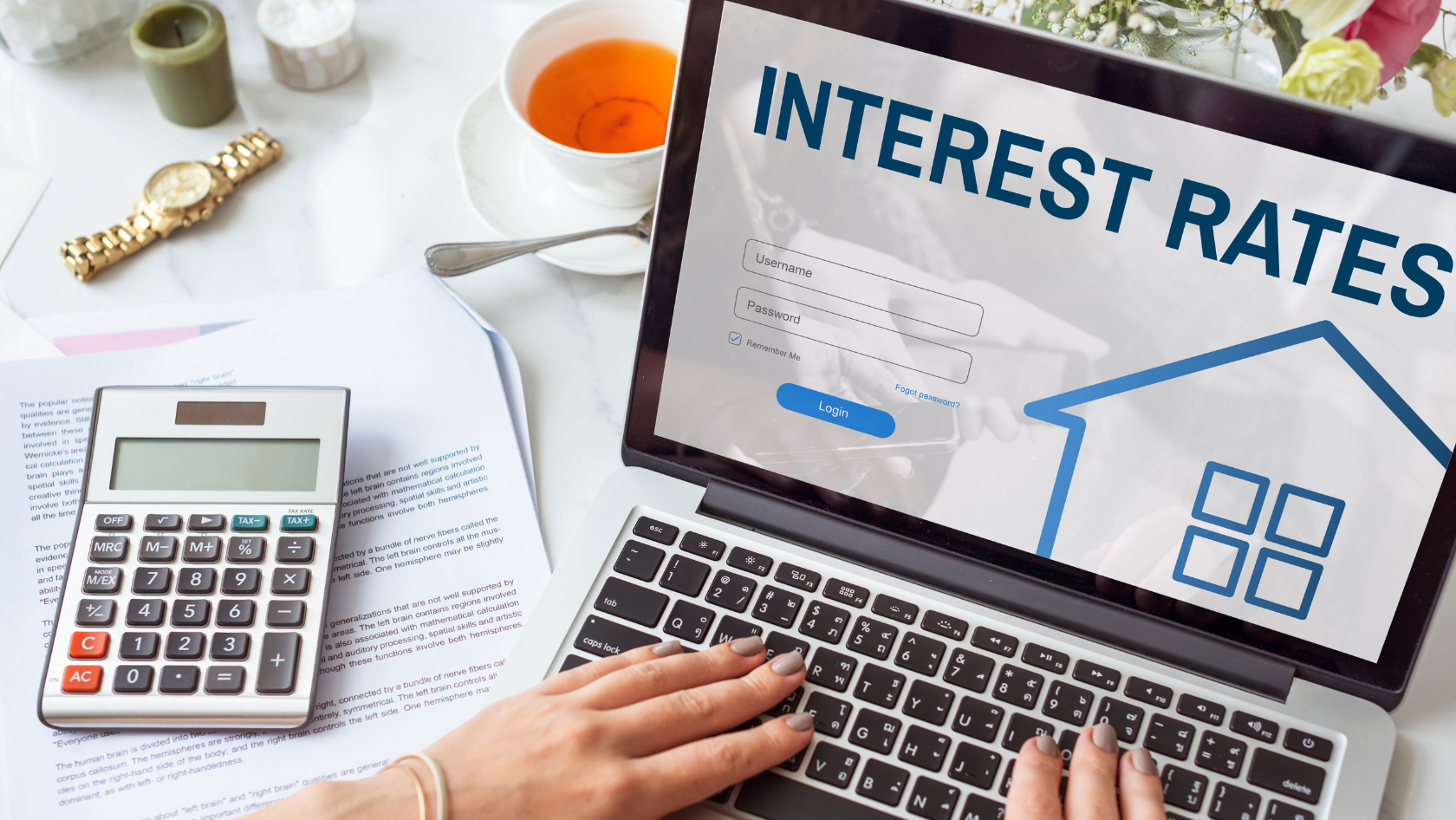Since September, mortgage rates have been on a rollercoaster. They first dipped into the low 6% range only to climb past 7% by the end of October.
Yikes.
If you’re feeling overwhelmed, you’re not alone. These rate fluctuations can make home buying feel like a guessing game. Fortunately, you don’t have to wait for the “perfect” rate to make your homeownership goals happen.
The truth is, buyers can find opportunities no matter where rates land. By understanding what drives mortgage rate fluctuations, you’ll not only feel more in control but also be better prepared to lock in the best possible rate for you. Let’s dive into what’s behind these ups and downs—and how you can move forward confidently, no matter what.
What’s Behind Mortgage Rate Fluctuations?
Although it may seem completely random, mortgage rates don’t change on a whim—they’re influenced by a mix of economic factors, including inflation, Federal Reserve policies, and the general state of the economy.
Here’s a quick rundown of some of the main drivers:
-
- Federal Reserve Influence: The Fed doesn’t set mortgage rates directly, but influences them by adjusting the federal funds rate. When inflation rises, the Fed often raises interest rates to slow down spending. This can lead to higher mortgage rates.
- Economic Growth and Employment Rates: A strong economy and low unemployment tend to push rates higher because of increased demand for loans. Conversely, when economic growth slows, mortgage rates often decrease to encourage borrowing.
- Financial Markets: The performance of Treasury bonds and mortgage-backed securities (MBS) also plays a role. Mortgage rates are typically priced above the 10-year Treasury yield, with a “spread” that reflects the risk investors take on when buying MBS.
- Government Policies: If the federal government introduces homeownership support policies like down payment assistance or tax credits, it can increase mortgage demand and potentially lead to higher rates.
- Global and Political Events: World events—like war, pandemics, or major elections—can impact the U.S. stock and bond markets, thereby influencing mortgage rates.
How to Plan for Monthly Mortgage Costs
Planning monthly costs can feel daunting when rates are unpredictable. However, there are ways to budget effectively, even in a high-rate environment:
- Use an Online Mortgage Calculator: Start by estimating your monthly payment based on different interest rates and down payment amounts. This will help you visualize various scenarios and determine a comfortable monthly payment.
- Factor in Additional Expenses: Remember that your mortgage payment includes more than just principal and interest—it can also cover property taxes, homeowner’s insurance, and PMI (private mortgage insurance) if your down payment is below 20%.
- Account for Rate Fluctuations: If possible, budget with a slightly higher rate to give yourself a buffer. That way, if rates go up before you close, your finances won’t be stretched thin.
By planning carefully, you can feel confident in your budget and be prepared for any fluctuations.
Tips for Securing the Lowest Possible Mortgage Rate
Buyers today are getting creative to score better deals. According to Zillow, 45% of people who bought a home over the past year managed to secure rates below 5%.
So, how are buyers securing rates below the market standard? It’s often with the help of builder incentives (35%), seller financing (26%), refinancing (25%), or even assistance from friends and family (23%). Here are some ways to help you lock in a lower rate:
1. Boost Your Credit Score
You’ve likely heard this before—higher credit scores can lead to lower interest rates. Here’s how to keep your credit healthy:
- Pay down existing debts.
- Avoid opening new lines of credit before closing on a home.
- Consider rent reporting services, which can positively impact your score when rent payments are reported on time.
Lenders see a high credit score as a sign of reliability, and a little effort here can save you thousands over the life of your loan.
2. Consider Mortgage Points or a Rate Buydown
Mortgage points and rate buydowns are upfront payments to reduce your interest rate. Nearly one-quarter (23%) of buyers who secured a rate under 5% over the past year bought points to do so. When buying a newly built home, builders sometimes cover these costs to attract buyers, but these strategies can work with resale homes, too. Just remember to:
- Assess the break-even point to ensure long-term savings outweigh upfront costs.
- Consult with a loan officer to see if this strategy aligns with your financial goals.
3. Explore Alternative Loan Types
Most buyers opt for a 30-year fixed-rate mortgage, but adjustable-rate mortgages (ARMs) and shorter-term loans can sometimes yield lower rates. With an ARM, for example, you’ll start with a lower rate that may adjust later, which can be a smart choice if you don’t plan to stay in the home for decades. But be cautious—your payment could rise after the initial fixed period.
4. Look Into Down Payment Assistance Programs
Putting more money down can lower your rate, but if saving for a hefty down payment feels impossible, down payment assistance programs can help. In fact, Zillow data shows that 60% of first-time buyers used assistance.
5. Negotiate with Sellers or Builders
As more inventory comes to the market, sellers and builders may offer special financing deals to close a sale. Recent data shows that 35% of buyers in 2024 got lower rates through incentives from sellers. Don’t hesitate to ask if closing cost contributions are on the table—they could reduce your monthly costs significantly.
Mortgage rates may ebb and flow, but your path to homeownership doesn’t have to. So, start exploring your options, and be sure to consult with your mortgage lender. Remember, it’s not about waiting for the “right” rate—it’s about making the best decisions for your unique situation.

